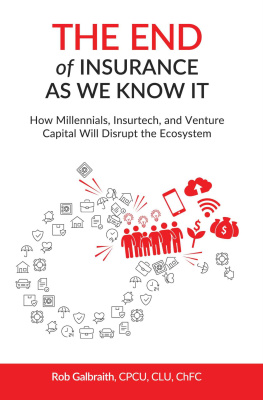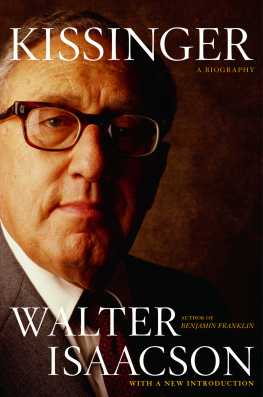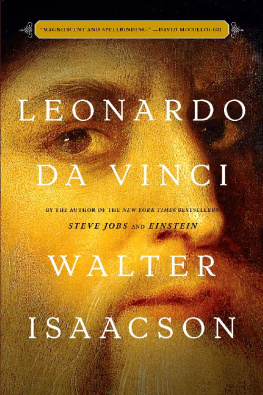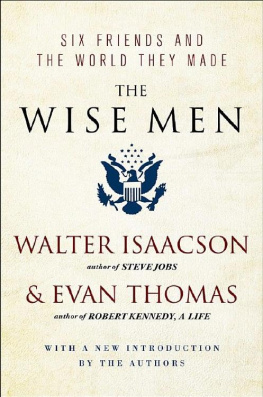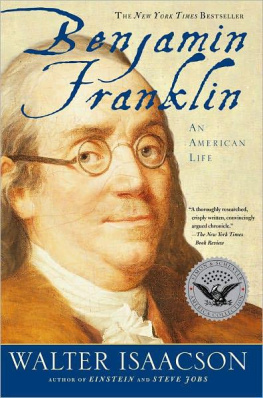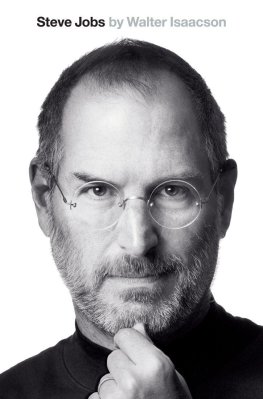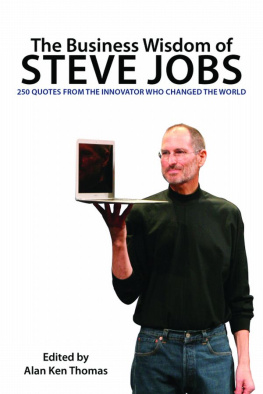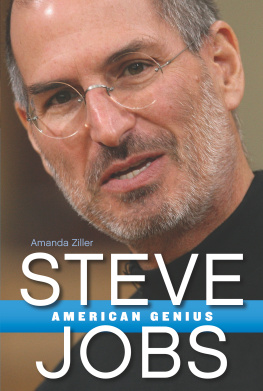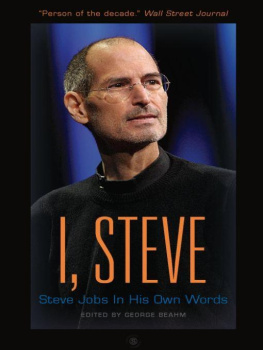The End of Insurance As We Know It
How Millennials, Insurtech, and Venture Capital Will Disrupt the Ecosystem
by Rob Galbraith, CPCU, CLU, ChFC
COPYRIGHT
Copyright 2018 by Rob Galbraith. All rights reserved.
Published by InsNerds, LLC
Introduction
CHAPTER 1 - DRIVING P&C INSURANCE INTO THE 21ST CENTURY
PART 1 - THE SEVEN FATAL FLAWS OF PROPERTY & CASUALTY INSURANCE
CHAPTER 2 - WE NEED TO TALK...ABOUT YOUR INSURANCE POLICY
CHAPTER 3 - HIGHWAY ROBBERY
CHAPTER 4 - ITS COMPLICATED
CHAPTER 5 - (NOT) TAKING A BITE OUT OF FRAUD
CHAPTER 6 - DRAINING THE (CASH) SWAMP
CHAPTER 7 - IN THE RED ZONE
CHAPTER 8 - GLASS HALF EMPTY
CHAPTER 9 - A WORLD WITHOUT INSURANCE
PART 2 - THE ARROGANCE OF SILICON VALLEY: WHY CONQUERING THE INSURANCE SECTOR REMAINS ELUSIVE
CHAPTER 10 - WHY HASN'T INSURANCE BEEN UBER-IZED YET?
CHAPTER 11 - IF YOU CAN'T BEAT THEM, JOIN THEM (AND HOPEFULLY GET RICH)
CHAPTER 12 - INSURANCE SERVED WITH A SIDE OF INNOVATION
GET YOUR PRIORITIES STRAIGHT
CHAPTER 13 - INNOVATOR'S DILEMMA REDUX
PART 3 - SHAKEN, NOT STIRRED: HOW INSURTECH CAN RE-MIX INSURANCE AS A FULLY DIGITAL RISK TRANSFER PRODUCT
CHAPTER 14 - THE MARAUDER'S TECHNOLOGY MAP FOR INSURANCE
CHAPTER 15 - INTELLIGENCE SQUARED
CHAPTER 16 - STOP AND GO: THE CASE FOR AND AGAINST TELEMATICS
CHAPTER 17 - OUTSMARTING THE HOME (INSURANCE)
CHAPTER 18 - THE INSURANCE OF THINGS AND THE GIG ECONOMY
CHAPTER 19 - THE POTENTIAL AND PERIL OF BLOCKCHAIN
CHAPTER 20 - SEND IN THE ROBOTS: PUSHING PAPER IN THE MODERN ERA
CHAPTER 21 - INNOVATION ENGINES: APIs, VCs, MGAs AND ACCELERATING CHANGE
PART 4 - PLACING BETS IN THE RISK CASINO: THOUGHTS ON THE ROAD AHEAD
CHAPTER 22 - CHOOSE YOUR OWN RISKPOOL: THE DECENTRALIZATION OF INSURANCE
CHAPTER 23 - PLACING BETS IN THE INSURTECH CASINO: A GUIDE
CHAPTER 24 - INSURING TOMORROW
EPILOGUE - PARALLEL LIVES: OLD INSURANCE AND NEW INSURTECH
Glossary
ACKNOWLEDGEMENTS
ABOUT THE AUTHOR
Introduction
CHAPTER 1 - DRIVING P&C INSURANCE INTO THE 21ST CENTURY
CHARTING A COURSE
As an only child growing up in Saline, Michigan, I fondly remember some of the epic road trips that Mom, Dad, and I took growing up. My parents were not big on flying, so almost every summer we loaded up in the family station wagon and went on a road trip somewhere. Often, it was to see family in upstate New York, northern Michigan, or southwest Missouri, but we had ventured as far as Arizona, Utah, and Colorado from my hometown of Saline, Michigan. At the young age of four, I would draw copies of the road maps that my Dad would get from the American Automobile Association (AAA). The maps were the best guide on the roads to take to make the ride as quick as possible based on mileage and the type of road (e.g., freeway, divided highway, two-lane road, etc.) I dutifully followed along on the map as we passed by landmarks, proceeded on our journey, and occasionally broke a stalemate between my parents when they disagreed on the route. Maps fascinated me as a child; the level of detail and endless paths. I still have some saved - they are souvenirs of cherished memories that I now share with my children.
In fact, those maps that my family relied upon were not so different from those used by ship captains to navigate across oceans to faraway places Accuracy was key: a good map helped ships avoid serious danger of running ashore or running into treacherous waters. One wrong turn could result in a sinking ship. When finding themselves in a new land, explorers worked hard to survey their surroundings and capture key information. These detailed notes, pictures and descriptions were often used to make maps. These maps provided a way for other explorers to find their way back to different locations and held the potential to lead settlers to new resources for food, water, shelter, agriculture, and industry. In short, the maps that were created and used by settlers sometimes led to larger settlements which led to villages, towns and ultimately cities - population centers that generated a large amount of business and a thriving local economy that could support a large number of people.
Mapmaking itself is a centuries old specialized discipline - cartography - that requires special skills to accurately represent the 3-dimensional world of land and sea in a 2-dimensional space represented by concepts such as scale, distance, direction, elevation and orientation. Maps have a lot of features that have made them an invaluable resource for centuries. They are compact, easy to transport and take with you on your voyage. They express complexity in a simplified format: they exclude a lot of extraneous information, yet have enough detail that they can capture the richness of a locations topography or the prevailing trade winds when crossing an ever-churning ocean. Maps provide alternatives: they show all possible routes that can be selected and provide information that informs better decision-making. Maps can be brought together to broaden their reach to cover an entire nation and they can also be zoomed in to focus on an individual city. In short, maps are a superior product that have been ubiquitous and reliably served humanity well for centuries.
GLOBAL TAKEOVER
I recently took a road trip with my Dad again, this time from San Antonio, Texas to see his sister and brother-in-law (my aunt and uncle) at the family farm outside Syracuse, New York. Dad is much older now and has some mobility challenges, but its been 10 years since hes visited the farm. Given his age and declining overall health, along with his strong aversion to flying on an airplane, I told Dad I would drive him for the 3-day one-way trip from San Antonio to Syracuse to visit. I also told Dad Id happily make stops along the way as this will be the last time he can make a trip of this distance.
When I came to pick Dad up, he was carrying an armful of AAA maps he had recently picked up from their local office (yes, they still give out maps!). I wasnt sure why he had bothered since his Mercedes has a built-in navigation system. Having made essentially the same trip last year on a road trip with my family to New York City, I knew that we didnt need maps or an in-car navigation system thanks to mobile GPS apps. We started our drive, and Dad opened all of his maps and followed along as we progressed on the trip, providing directions from his perch in the front passenger seat. Traditionally, family road trips have required a front-seat navigator role to assist the driver with staying on course. However, in the modern era we live in today, my family and I have come to totally rely on GPS apps such as Apple Maps, Waze or Google Maps. On this trip, I let Dad follow his tradition of advising me on the best route to take. I wasnt always convinced that Dads directions were the best, and at rest breaks, Id sneak out my phone to check. The app confirmed that we werent travelling the most efficient way possible, but we were not particularly in a rush to make it up to the farm so I was happy to let him guide us on a more scenic route.
We had a great visit at the family farm where I had spent many summer months as a boy. The views in this part of New York are picturesque - the rolling hills of the area, the peaceful tranquility of winds rustling through the trees, the birds singing from the trees - are always a refreshing change of pace from the paved surfaces, crowded streets and hectic life of the city. The farm had changed quite a bit from what I remembered as a child: the barn roof is now made of metal, not wood and asphalt shingles. Solar panels on the main house roof help provide enough electricity to cool the home in the summer and heat it in the winter (along with a wood burning stove). The well system takes water from the local streams that are perpetually filled from snow melt and seasonal rains to support household activities. A sauna was added in the back yard, complete with a game room with pool table. A fresh coat of green paint and light green trim made the old farmhouse look like a modern hideaway; a low-impact eco-friendly abode that was a perfect blend of historical architecture blended with modern technology.
Next page
